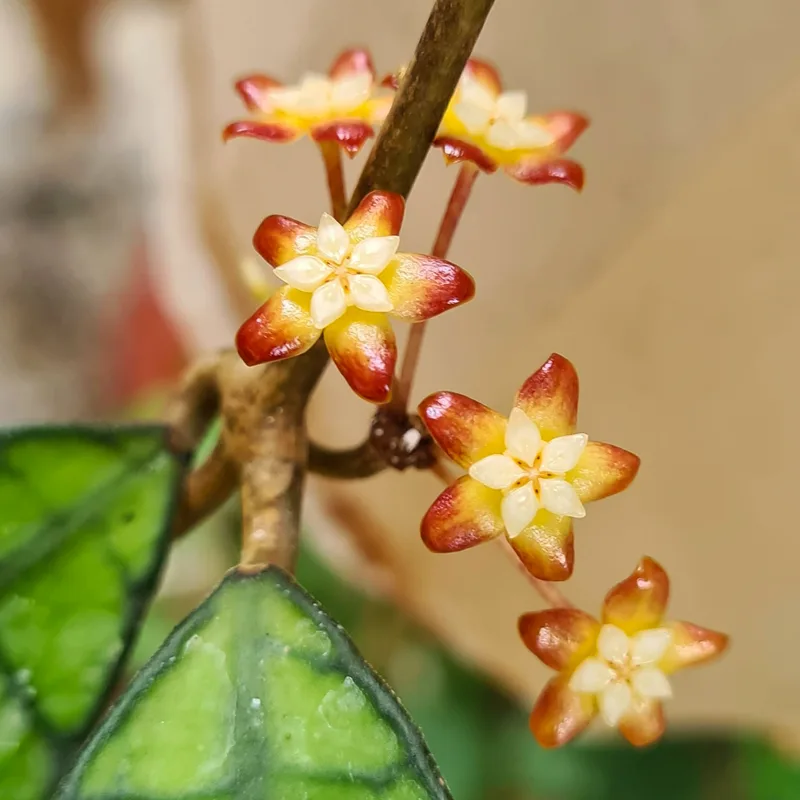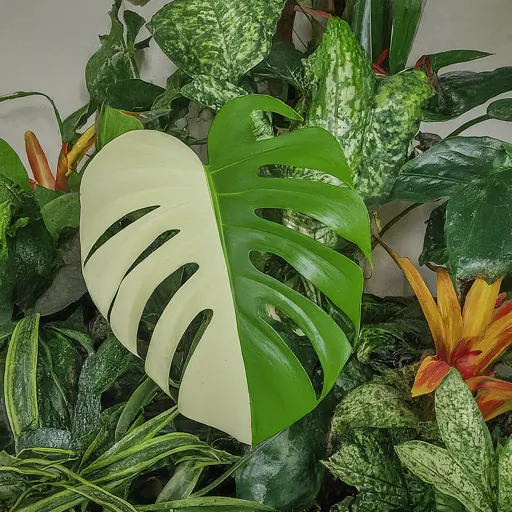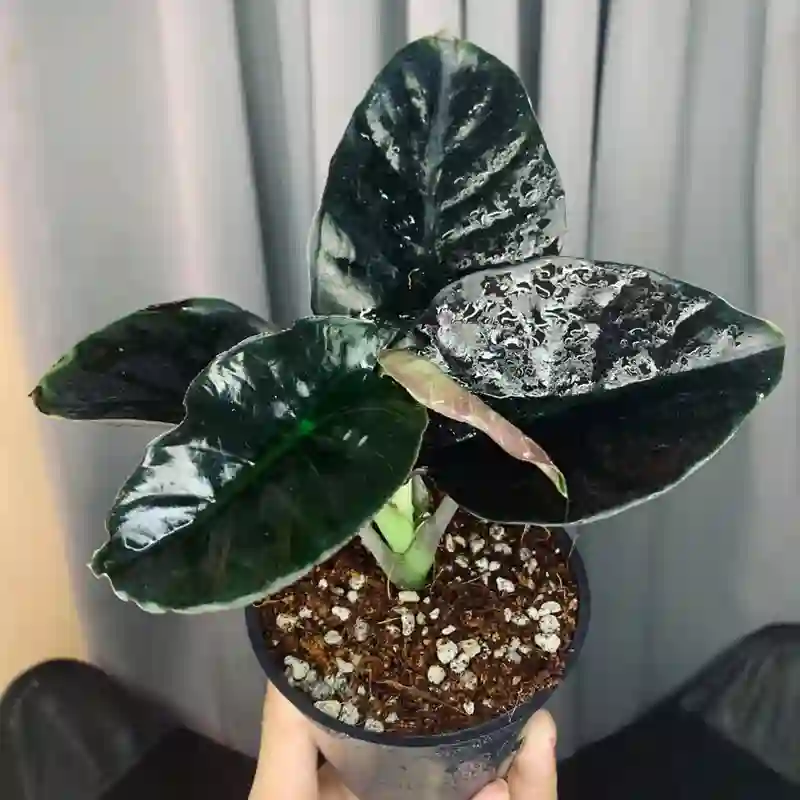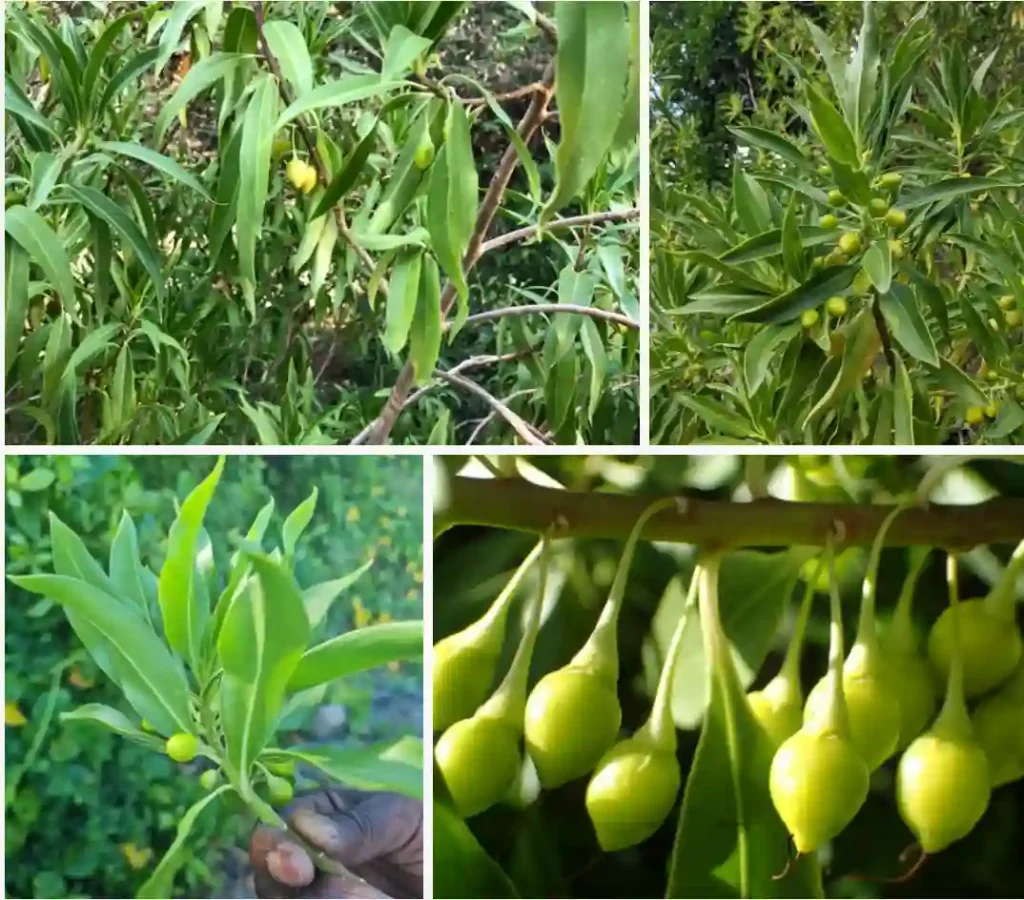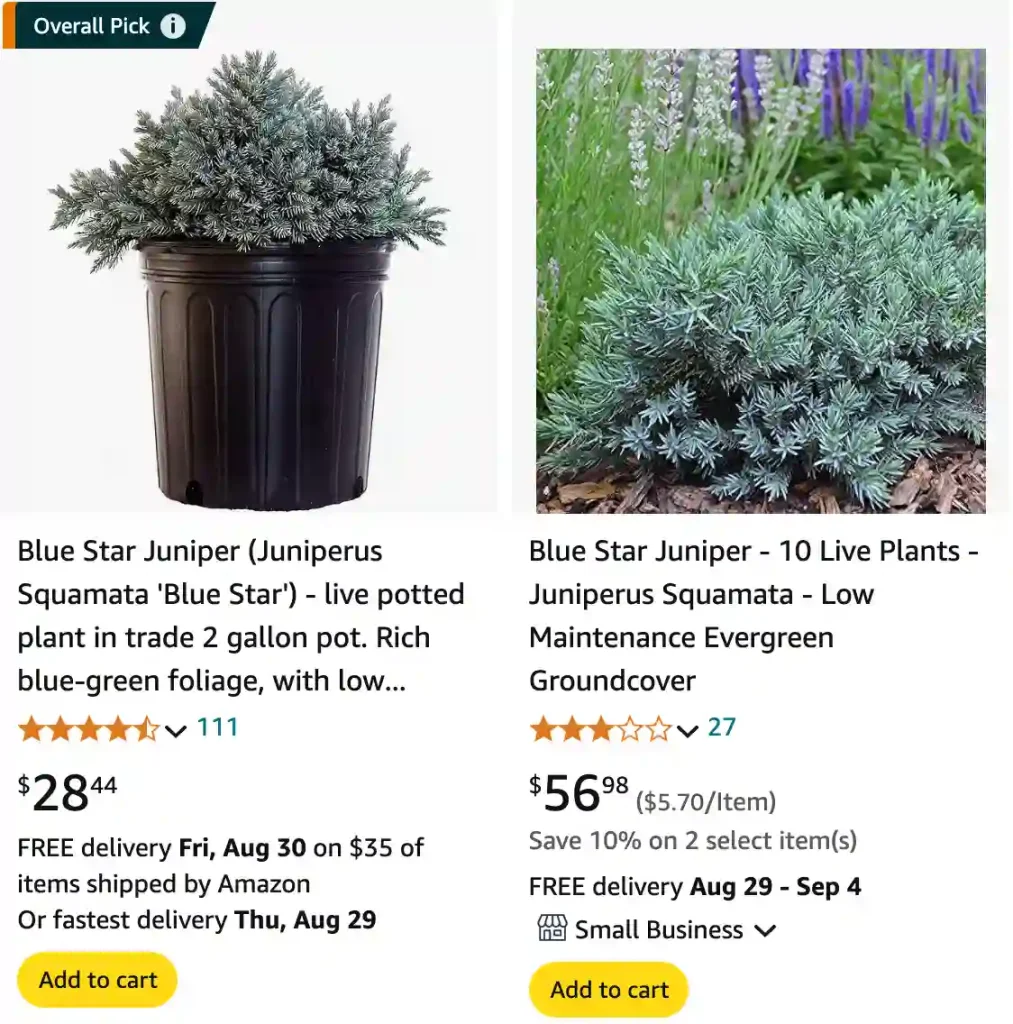
FAQs About Blue Star Juniper
As a gardening enthusiast, I often find myself answering questions about Blue Star Juniper, a popular shrub for its striking blue-green foliage and compact size. If you’re considering adding this plant to your garden or just curious about its care, here’s a comprehensive guide based on my experiences and research.
74 Species in Genus Juniperus
How Big Does Blue Star Juniper Get?
Blue Star Juniper, known for its dense, globular shape, typically grows to about 2 to 3 feet in height and width. It’s a compact, slow-growing shrub that makes an excellent choice for smaller gardens or as a low hedge. The plant’s size can vary slightly depending on the growing conditions, but it generally maintains this manageable size, making it easy to fit into various landscape designs.
How Fast Does Blue Star Juniper Grow?
One of the standout features of Blue Star Juniper is its slow growth rate. Expect it to add only a few inches per year. This slow growth means less frequent pruning and a more predictable size, which is ideal if you want a low-maintenance plant that won’t quickly outgrow its space.
Is Blue Star Juniper Deer Resistant?
Yes, Blue Star Juniper is known to be deer resistant. Its dense, spiky foliage is not a favorite among deer, making it a great choice for gardens in areas where deer are common. I’ve found that this resistance helps reduce the need for additional deterrents or protective measures.
Can Blue Star Juniper Tolerate Shade?
While Blue Star Juniper thrives in full sun, it can tolerate partial shade. However, its growth and color may not be as vibrant in shadier conditions. For the best results, plant it where it will receive at least six hours of direct sunlight per day. This will ensure it maintains its characteristic blue-green color and compact form.
Can You Prune Blue Star Juniper?
Yes, you can prune Blue Star Juniper, but it’s generally not necessary. If you do choose to prune, do so in late winter or early spring before new growth begins. Light pruning can help maintain its shape and remove any dead or damaged branches. Avoid heavy pruning, as it can impact the plant’s natural form.
How Far Apart to Plant Blue Star Juniper?
When planting Blue Star Juniper, space them about 3 to 4 feet apart. This spacing allows the plants to grow into their natural shape without crowding each other. Proper spacing also helps improve air circulation, reducing the risk of disease.
How to Care for Blue Star Juniper
Caring for Blue Star Juniper is relatively straightforward. It prefers well-draining soil and requires moderate watering. Overwatering can lead to root rot, so allow the soil to dry out between waterings. It’s also helpful to apply a layer of mulch around the base of the plant to retain moisture and suppress weeds. Fertilize sparingly, if at all, as too much fertilizer can cause excessive growth.
How to Propagate Blue Star Juniper
Blue Star Juniper can be propagated through cuttings. Take semi-hardwood cuttings in late summer or early fall. Dip the cut end in rooting hormone, then plant it in a pot filled with a mix of sand and peat. Keep the soil moist and place the pot in a shaded area until roots develop. Once rooted, you can transplant the new plant to its permanent location.
What to Plant with Blue Star Juniper
Blue Star Juniper pairs well with a variety of plants. Consider combining it with perennials like daylilies or hostas for contrasting textures. It also looks great with ornamental grasses, which can complement its form. For a cohesive look, plant it alongside other junipers or evergreen shrubs.
When to Plant Blue Star Juniper
The best time to plant Blue Star Juniper is in the spring or fall. Planting during these seasons allows the shrub to establish its roots before the extreme temperatures of summer or winter. If planting in the summer, be sure to water it regularly to help it cope with the heat.
Why Is My Blue Star Juniper Turning Brown?
If your Blue Star Juniper is turning brown, it could be due to several factors. Common causes include overwatering, poor drainage, or environmental stress. Check the soil moisture and ensure it’s not waterlogged. Also, examine the plant for signs of pests or diseases. In some cases, brown foliage may be a natural response to seasonal changes, but persistent issues should be addressed promptly.
Is Blue Star Juniper Poisonous to Dogs?
No, Blue Star Juniper is not considered poisonous to dogs. It’s generally safe for pets, but as with any plant, it’s a good idea to monitor your pets to ensure they’re not eating large amounts of it, which could potentially cause digestive upset.
Blue Star Juniper vs. Blue Rug Juniper
Comparing Blue Star Juniper to Blue Rug Juniper highlights their different growth habits. Blue Star Juniper is a compact, globular shrub, while Blue Rug Juniper (also known as Blue Carpet Juniper) is a low-growing ground cover with a spreading habit. Blue Rug Juniper is ideal for covering large areas and creating a dense mat, whereas Blue Star Juniper is better suited for smaller spaces or as a focal point in garden beds.
In conclusion, Blue Star Juniper is a versatile and low-maintenance shrub that can enhance any garden with its unique color and form. With proper care and placement, it will provide lasting beauty and functionality to your landscape. If you have any more questions or need further advice, feel free to reach out—I’m always happy to share my gardening experiences!
If i die, water my plants!
